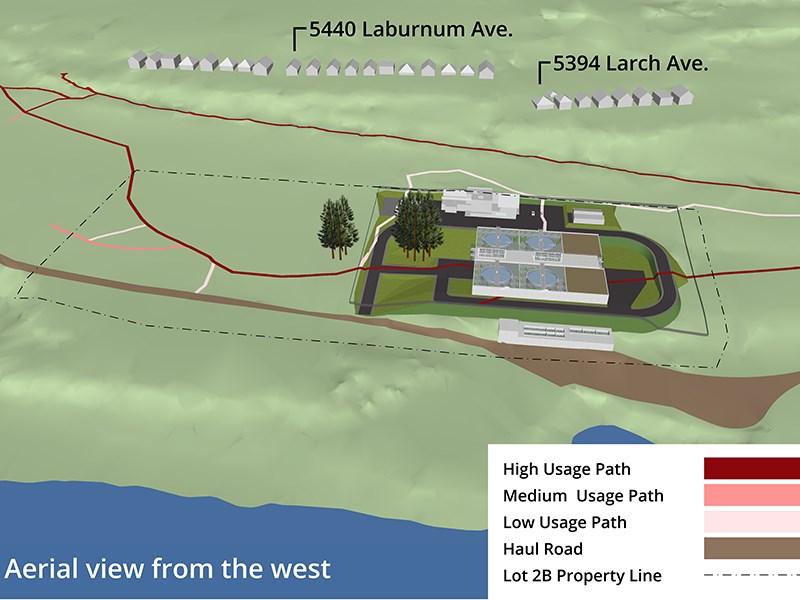At long last, City of Powell River’s committee of the whole will formally receive the recommendation from its contracted project consultant for which wastewater treatment plant option is the best choice for the city.
Associated Engineering project manager Tom Robinson said after taking environmental and societal factors into account, as well as financial aspects, his firm will recommend the high-efficiency biological treatment facility, or Option 2 of the three models considered.
City director of infrastructure Tor Birtig confirmed the recommendation will be taken before committee of the whole in January and said he is hopeful it will be approved and moved forward to council for a decision.
With a total completion cost of approximately $30 million, the largest infrastructure project in Powell River’s history has required years of debate.
“Other communities have started and finished and are already using their sewage treatment plants in the time we've been just talking about it,” said liquid-waste management steering committee chair and city councillor Karen Skadsheim.
Debates about the plant have been ongoing since before mayor Dave Formosa was elected as a councillor in 2008. Even after all of that time, Formosa said he needs more information before deciding on his vote and wishes council had more time. However, time is running out in order to apply for federal infrastructure funding.
Birtig said grant application deadlines are expected in the spring and if the city is not ready with a design for the wastewater facility it might lose out on this funding cycle.
The decision has to be made rapidly, according to Formosa.
“We have to get it done now,” said Formosa. “I believe we will. Council seems to be comfortable with what we've been given. I know some residents aren't and I get it; I understand that.”
Skadsheim said she thinks there has been enough opportunity for public input and transparency on the part of council for an informed decision to be made.
“It seems to some people as though there hasn't been opportunity,” she said, “but it might seem that way because there has been so much time pass between each step, and people forget what has come before.”
BC Ministry of Environment has committed the city to have the project online by 2025.
Costs for the three options are very similar, according to Birtig, at approximately $20 million, with conveyance costs from Wildwood and Westview on top of that.
Based on everything Associated Engineering researched about Powell River and the project, Robinson said the company knew the biological treatment option would be the preferred solution by almost everybody who had an “informed opinion.”
Three design concepts were presented for input and review at a public information meeting on December 13 and have been on display in the foyer at city hall.
Robinson said the main disadvantage of Option 1, or the extended air process, is the large and expensive concrete tanks and aeration system it requires. As for the trickling filter process, or Option 3, Robinson said it was used more in the 1990s, but has since fallen out of favour.
The facility will be located in Townsite on two 10-acre lots purchased by the city in February 2017 for $575,000. When completed, it will consolidate all sewage management from Westview, Townsite, Wildwood and Tla’amin Nation.
Robinson said the high-efficiency biological system has been used for many years and, over time, and the industry has continually modified and improved it.
“We see it never goes away,” said Robinson. “It's tried and true, cost-effective and it's hard to beat on a purely dollars and cents and performance lifecycle cost; it's a very good process.”
Birtig said the process is used by the majority of wastewater operations in the province and it had other advantages that makes it an optimal choice for the city.
“The big thing for us is it provides us with a smaller footprint,” he added, “and with options should we need to expand with an increased population without being constricted on the site.”



